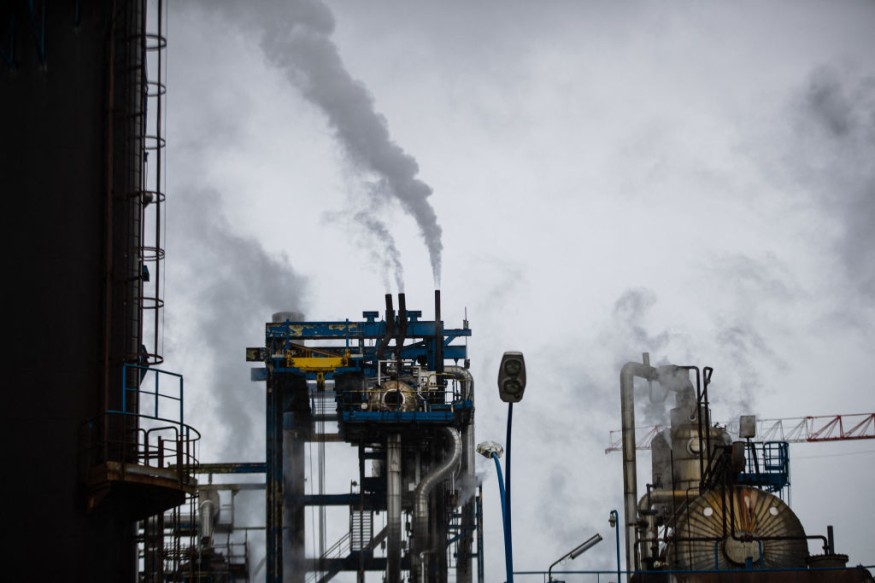Ammonia, the world's major ingredient for food production, is now being scrutinized for its potential environmental impact in the future, based on a new study. Also falling under greenhouse gases and contributing to fossil fuel use, ammonia production has skyrocketed in recent years. This makes it to be included in the top 10 list of climate-damaging gases.
In the study, scientists from the United States government recently developed a method that detects the environmental impact of ammonia production from various sources. The research team models the projected coast if people use a more environment-friendly methods that emits less carbon while still producing ammonia.
Ammonia production is primarily achieved by burning fossil fuels, including reforming natural gas. Such procedure is also being used for other greenhouse gases such as carbon dioxide and methane, which contributes to the greenhouse effect and global warming of the planet.
While measures demanding the decrease of greenhouse gases seems simplistic, previous reports and studies suggest a number of countries are challenged, mainly because of the paramount usage of the gases in their respective industries.
The United Nations-led 2015 Paris Agreement, where a number of countries are members of, mainly advocates reduction of greenhouse gas emissions and fossil fuel burning. However, recent UN reports indicate that some criteria to meet the reduction of global temperatures to 1.5 degrees Celsius are not being achieved.
Ammonia Production

In the paper published in the journal Green Chemistry on May 13, scientists from the Argonne National Laboratory of the U.S. Department of Energy (DOE) found a new way to calculate Ammonia production's environmental impact from various sources.
The calculation involves the usage of Argonne's Greenhouse gases, Regulated Emissions, and Energy use in Technologies (GREET), which mainly highlights the two potential ways that would reduce cost of producing ammonia and saving the environment as well.
The first way involves capturing only a certain amount of carbon and storing it in geologic formations, which can be done at relatively low cost and as part of a technology pathway, as summarized by phys.org.
The second way is to electrolyze water to produce hydrogen, which is then combined with nitrogen to produce ammonia.
What is Ammonia?
Ammonia is a chemical compound consisting of one atom of nitrogen and three atoms of hydrogen, thus having a formula of NH3. It is known as a colorless gas and has a toxic smell.
The American Chemical Society (ACS) states NH3 is primarily caused by anaerobic decay of animal and plant matter; the compound is also detected in outer species. In addition, a combination of some plants, mostly legumes, and rhizobia bacteria fix the atmospheric nitrogen to produce ammonia.
The ACS estimates that ammonia production in 2020 was equivalent to 187 million tons (Mt) out of 224 Mt production capacity, making it the ninth highest ranking chemical produced worldwide.
Furthermore, the organization says ammonia is indeed mostly used in agriculture and previously used as a refrigerant but was replaced by other greenhouse gases like chlorofluorocarbons and hydrochlorofluorocarbons, which are also under environmental scrutiny.
Related Article: National Parks Under from Unregulated Agricultural Ammonia
© 2026 NatureWorldNews.com All rights reserved. Do not reproduce without permission.





